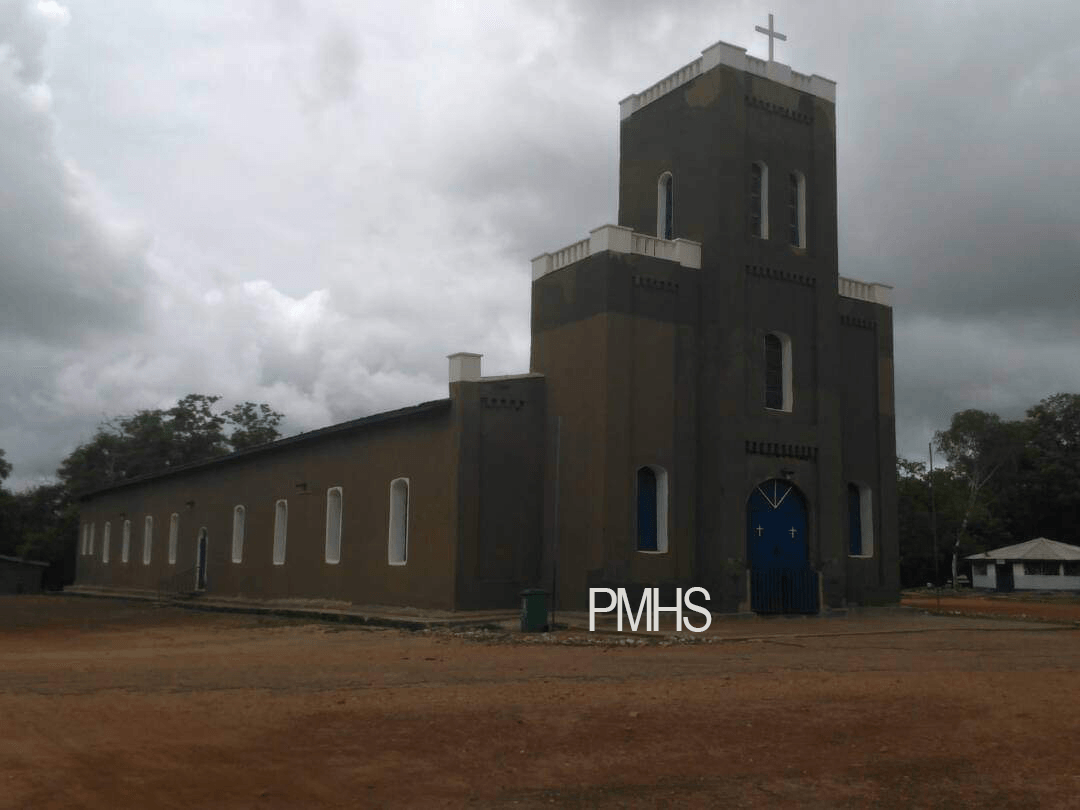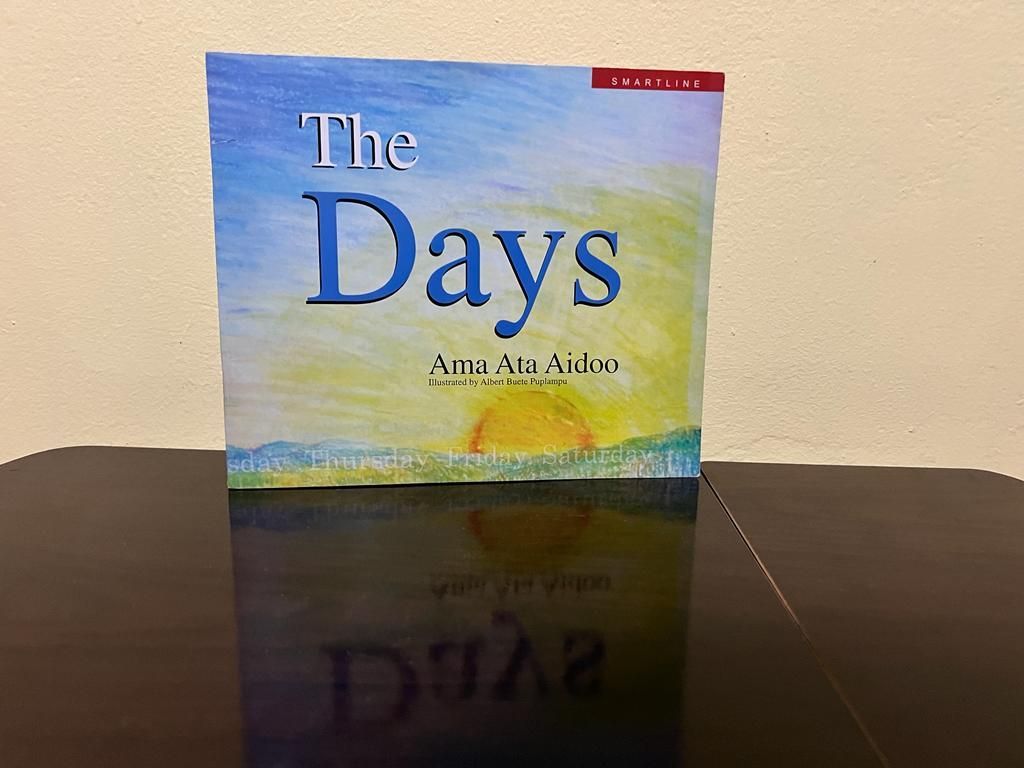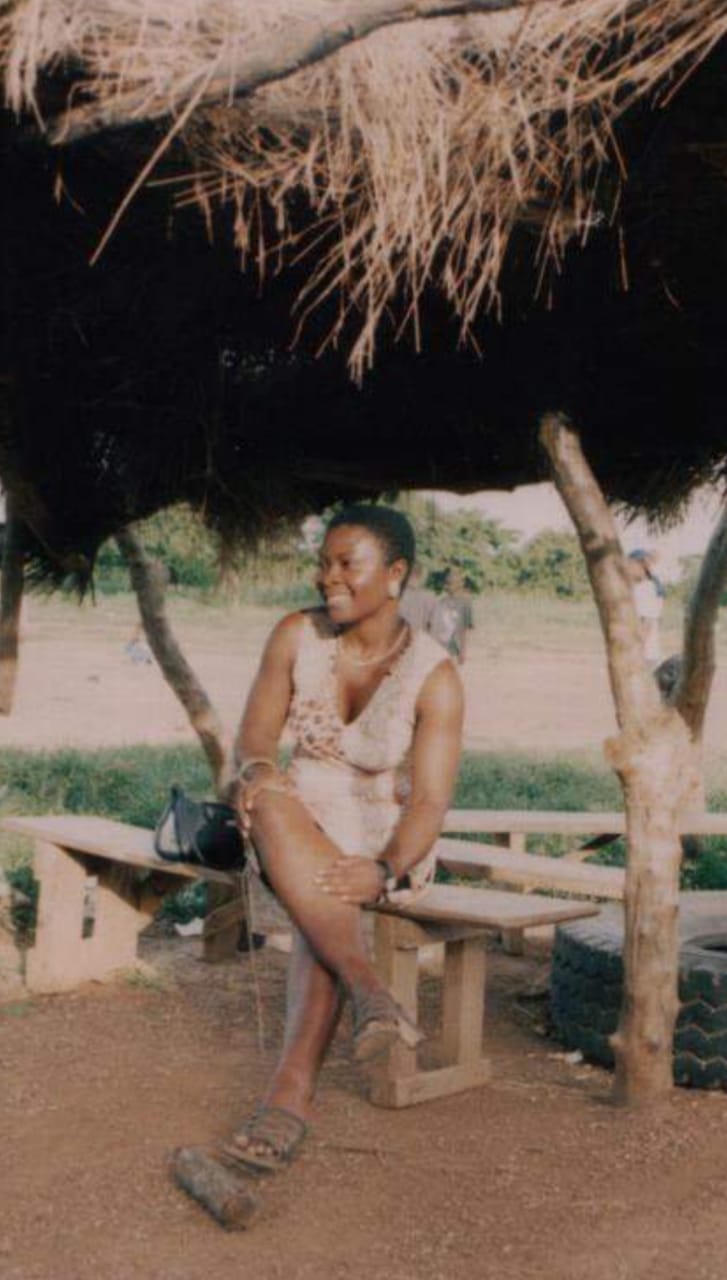Our Lady of Seven Sorrows Cathedral
Esi Arhin • December 12, 2020
A celebration of Cultures

Picture by: Esi Arhin
Our Lady of Seven Sorrows cathedral is a landmark of the people of Navrongo and a symbol of expression of their unique culture.
The use of the two creative expressions is complementary. The experience feels familiar yet as if one has been transported into another world. Looking at the cathedral from the outside, it appears unaffected and subdued. One cannot imagine its bright and colourful exhibition of art work and bold motifs inside of it.The simplicity of the outer design transcends time.
Inside, the themes of the artworks range from scenes of everyday life, animal forms and Christian themes like the nativity scene and the last super.
The cathedral has attached a museum that showcases an exhibition of the culture of the people to bring meaning and significance to the merging of two distinct cultures in worship. The site also has a grotto and accommodation for visitors.
Although our Lady of Seven Sorrows cathedral sits quietly with none of the conventional outer trappings in design common to most great cathedrals, it does not lose it's status as the focus of local pride.
There' s yet to be an edifice of this stature and significance that exhibits the creative skills of the Kassena - Nankani people in such magnitude.
(First published under Ace Turkson on www.nubian_entertainment.com)
Esi's Blog

Ama Ata Aidoo's The Days , a picture book for children is a delight to read. Illustrated by Albert Buete Puplumpu, the book offers relatable descriptions of days of the week and their unique characters in a fun way. The theme of differences and similarities resonates clearly. The author employs the use of rhythm, rhyme, repetition and imagery to deploy the story. In comparison to how days behave, it plays on the characteristics of animals and things to enforce its message while encouraging children in an unsuspecting way to apply their mathematical skills. The simplicity of style and subject makes it an easy read for young children. At the same time, it holds a certain appeal for adults because of the subliminal meaning portrayed for those who understand the battles fought in daily existence. This book explores the possibilities in each day, painting a picture of life and its unpredictability in general. It assures the young that differences are normal and in fact to be expected. For adult readers it reinforces our knowledge and understanding of daily life challenges, leaving a sense of balance. The performance potential it holds is most exciting. Each day's character stares the imagination and evokes an actor in the reader. The colourful illustrations depict familiar images in ethereal bliss, typically that of the old village wall. The front cover captures the theme beautifully. It shows the different characters of days by seamlessly fusing together colours symbolizing the differences in days. The illustrations are very effective in enhancing the story. Although "Each day has hours of ten, ten and four..." "All the days are not equal" indeed. Children are sure to be entertained and learn about diversity. I'm enamored! The Days is far more than a good read. Children, gather round!

Navrongo, the capital town of the Kassena-Nankani district lies south of Paga, the main border crossing between Ghana and Burkina Faso. It sits at the tropical Savannah belt, Upper East of Ghana. I first made my way there sometime in September 2002 through a friend who couldn’t believe I had lived all 27 years of my life in southern Ghana, never having traveled up north. He insisted I needed the exposure and so he dragged me with him. He said I had not lived If I had not seen the sun rise on the Tono dam. So, one fine morning at 5:00 am, I jumped into his pick-up truck, and we headed up north where he had made a home away from fanteland. It was the longest road trip I had ever embarked on at the time, 15 hours on the road to be precise. Takeaway the breaks we took at Kumasi, Kintapo and Tamale. I barely noticed the hours pass as we chatted all the way with the company of Fela Kuti and Bob Marley playing in the background on repeat. To this day, the ride to Navrongo remains one of the fondest memories I have of traveling Ghana for work or leisure. This part of the country is home to two ethnic groups, the Kassims and the Nakanas. Historically, it is said that these two ethnic groups have had relative independence because the Ashantis didn't invade them. However certain treaties established by the British in 1898 an Anglo-French convention came up with an agreement to divide the lands. The Kassims and Nankanas were subsequently separated from their relatives who today live across the border, Burkina Faso. Older indigens of Navrongo know it as Navoro, which means (to put your foot down on soft ground). Today, the town is indeed soft ground to live and explore what new opportunities it has to offer, including access to tertiary education locally. The siting of Tedam University of Technology and Applied Sciences campus to the township has brought much warmth to the once laid back and very quiet town. Yet, it still remains relatively calm in comparison to Bolgatanga which is 30 kilometers away by road, about 40 minutes’ drive. It is an important market town in the area. The people are mainly subsistence farmers and rearers of cattle and goat. Navrongo is known for its famous mud-built cathedral and grotto, Our Lady of Seven Sorrows. Although it doesn't haven many formally designated places of tourist attraction, it is by its character a great attraction. The warmth of the people, the native architecture, fabrics, the market, the guinea fowl joints, the easy connection between humans and cattle in full glare, make up a total unique culture for experiencing. Marked places of interests in addition to the mud-built cathedral are the Tono dam, which is one of the largest agricultural dams in West Africa, also the first ever solar plantation and the health research centre. It is awesome to watch the sun rise ever so gracefully on the Tono dam.The rising of the sun is said to symbolise the journey of the sun in the sky. At about 5:00 am one morning my host and I set off on a drive to see the famous sunrise on Tono dam. The joy of watching the sunrise on the dam is next to none, with nature at its best early morning. The sun’s golden rays added a burnt orange colour to the smoky clouds. A small ball of light emerged from the sky at first. It then slowly starts to get bigger and illuminate. As if on cue birds began to chirp in glorification of the glow of the orange goddess. Its beauty is beyond description, I cannot do it justice. Suddenly, out of the blue it bursts out into a gleaming ball expanding at a moment's look. The first rays are gentle and soft on the eyes. It is a rare joy, eternally etched in memory. I have seen many a sunrise over the years but this one was magnificent, just as my host promised. It was worth every bit of the journey. One thing I found most fascinating is the hand production of ethnic fabrics by the women of Navorongo. They grow and eat their own food. They make their own beer(pito), their own beauty products from largely local materials. They build their homes with their bare hands also with local materials. They made ordinary what appeared phenomenal to me. There are some fairly decent guest houses and lodges to stay in, especially for low budget travelers. Moving around is not difficult, there are taxies and motor cars available for hire as well as collective rides. For a fun night, there are lots of drinking spots and bars to hang out and dig into some well spiced charcoal grilled guinea fowl or beef kebabs. You may sample grilled guinea fowl in as many grilling spots as you like. That is a sport in itself. I've had several opportunities to return to Navrongo after my first visit. With each visit the land and it’s people grow on me. Memories of Navrongo call. Nearly two decades after my first trip there, my heart still misses a beat at the mention of her name. Could it also be that the face of that handsome Kassim man still smiles on me?
